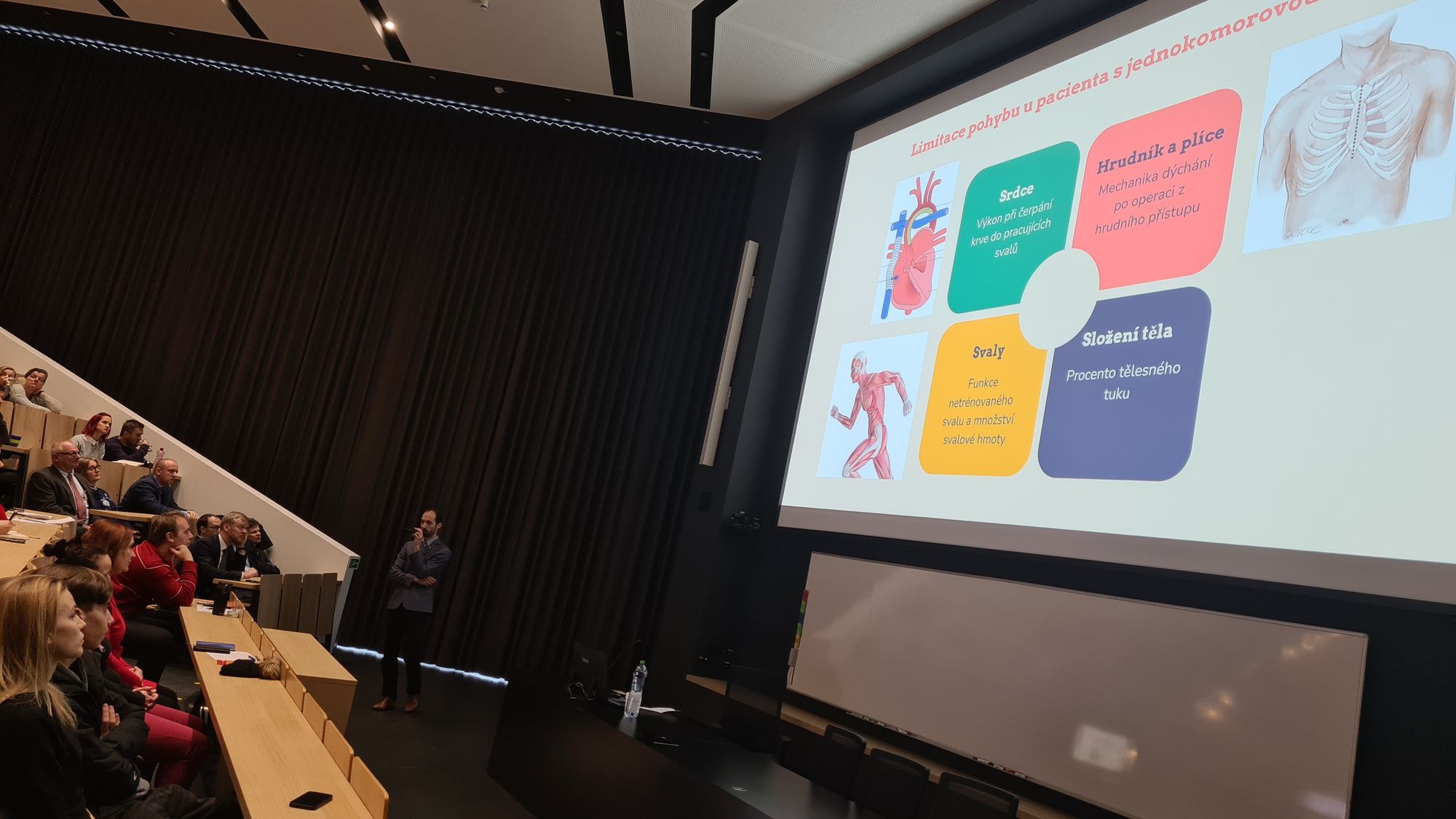Do your heart a favour - move!

"Exercise is the best you can do for her," was a simple answer from our daughter's cardiologist to all my questions. Can she hang from stuff? Can she be upside down? Can she go under the water while swimming? Can she swim? Can she jump? How high can she go? And how deep? Can she do this; can she do that...
"The worst would be to hold her back and sit her in front of a TV," he concluded. Of course, as any other normal five year old, she glues herself to a screen, but there is always a YouTube dance video or two in the mix so she can jump and shake and put her hands in the air.
After her third open heart surgery, we were given a clear instruction that if we want to help her Fontan heart and circulation, she should be active for at least 30 minutes every day, to increase her heart rate and get that blood flowing.
ADULTS:
- 2 or more days per week of strength-training exercises
- 75 min of intensive or 150 min of medium intensive activity per week (accumulated during the week)
- at least 10.000 steps each day
CHILDREN:
- 260 min of activity each day
- intensive vigorous activity at least 3 times per week
- no more than 2 hours a day of screen time
- 20.000 steps per day
(According to Canadian Physical Activity Guidelines, Canadian Society for Exercise Physiology; US Department of Health & Human Services, 2008 Physical Activity Guidelines for Americans; Centers for Disease Control and Prevention)
Movement is a natural part of human life. For patients with heart disease, movement is a medicine that must be learned to dose correctly.
There are many reasons why patients with a single ventricle heart (or any other heart defect for that matter) do not exercise. Some of them are feeling embarrassment from lagging behind or being slower than their peers, fear and negative emotions towards movement, bad habits from childhood, increased protectiveness of the environment or parents keeping their kids under a glass bell is very common, but also outdated medical recommendations.
Taking into account all of the above, the important thing to know is that patients with a congenital heart disease have a higher risk of being overweight, obese and deconditioned.
(MUDr. Vojtěch Illinger, Department of Sports Medicine at the University hospital Motol, Prague, Czech Republic)

As Dr. Vojtěch Illinger further presented at the meeting of single ventricle patients and their families living in the Czech Republic in January, 2023, there can be, however, certain limitations that need to be taken into account when breaking a sweat.
HEART: lack of power when the blood is being pumped to burdened muscles
CHEST AND LUNGS: changed mechanics of breathing after the surgery from thoracic approach
MUSCLES: lower function of untrained and neglected muscles and lower amount of muscle mass
BODY COMPOSITION: higher body fat percentage
None of it is, however, an insurmountable obstacle.
Every activity counts. Start slowly and gradually. Take care of adequate hydration. Choose a type of activity that is appropriate for your fitness and will keep your interest. If you choose more strenuous activities, consult with a doctor first.
(MUDr. Vojtěch Illinger, Department of Sports Medicine at the University hospital Motol, Prague, Czech Republic)
There are some risks and risk factors, of course. Muscle injuries and fractures are possible when doing sports, as well as dehydration and blood pressure fluctuations. Drugs that are needed, like blood thinners can be a risk factor, as well as a pacemaker. Furthermore, arrhythmias need to be taken into account, and/or reduced heart chamber function, severe dilatation of the aorta, significant narrowing of the aortic valve, etc.
Medical Disclaimer
This article is for informational or educational purposes only. It does not substitute professional medical advice, diagnosis or treatment. Always seek the advice of a physician or other qualified health provider.
Having said that, on the other hand, it has been proven that motion with the univentricular heart improves load tolerance, increases muscle strength, reduces the risk of unplanned hospital stays and improves the function of the circulatory system.